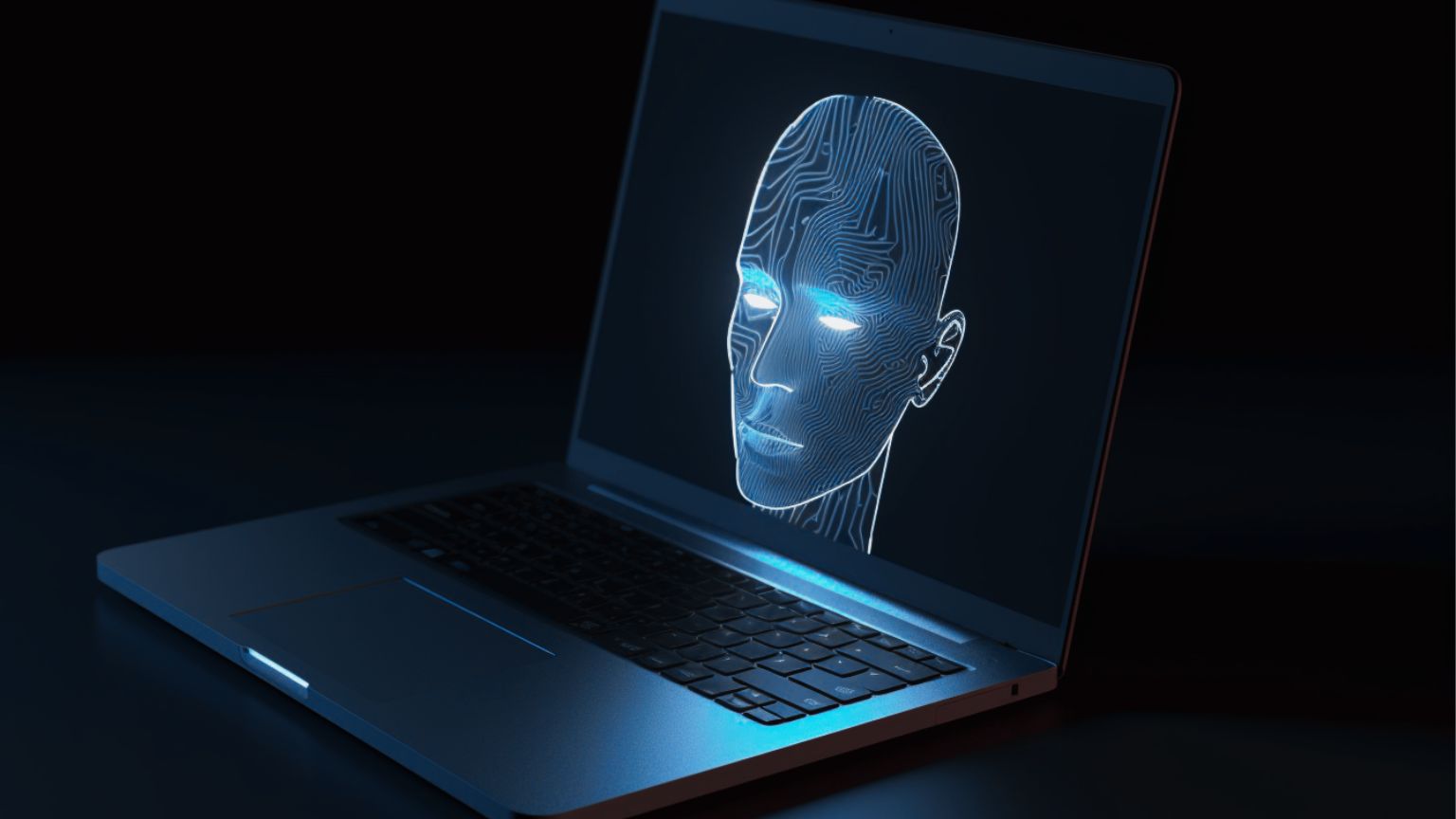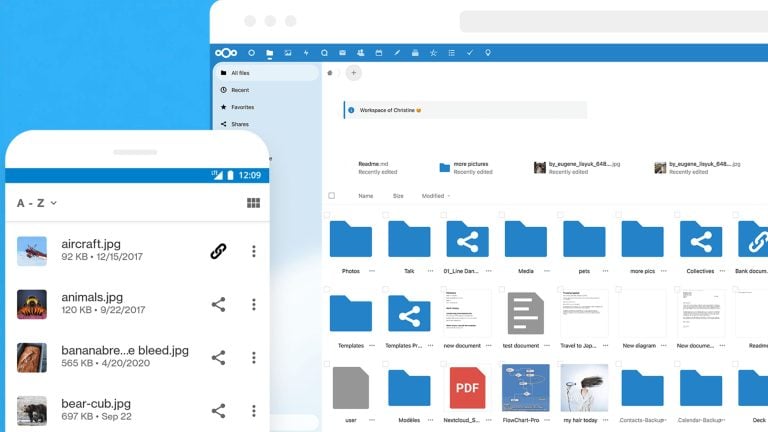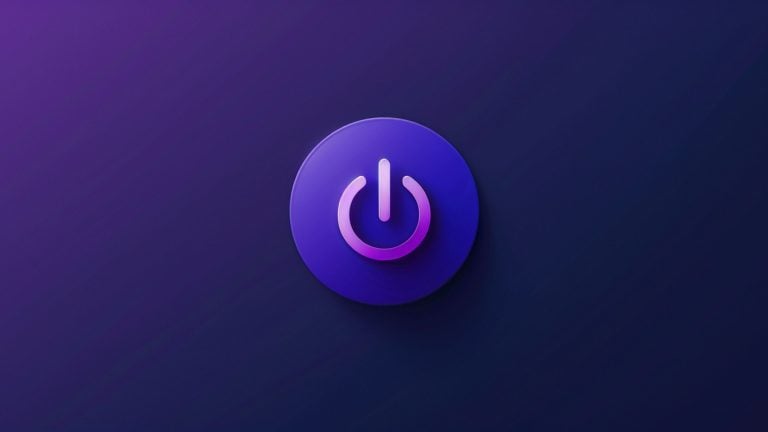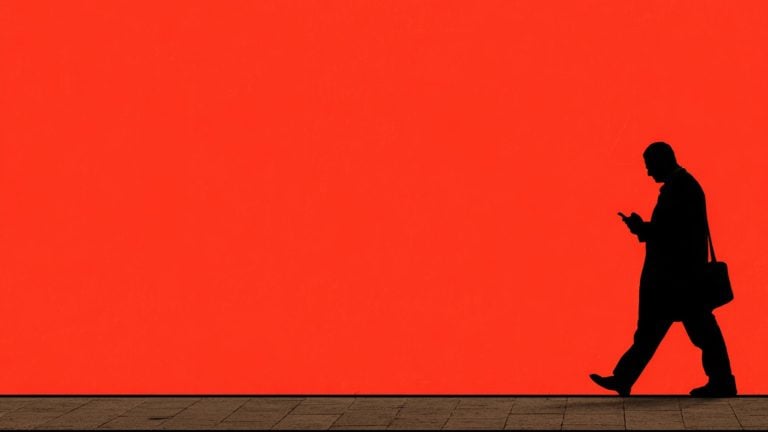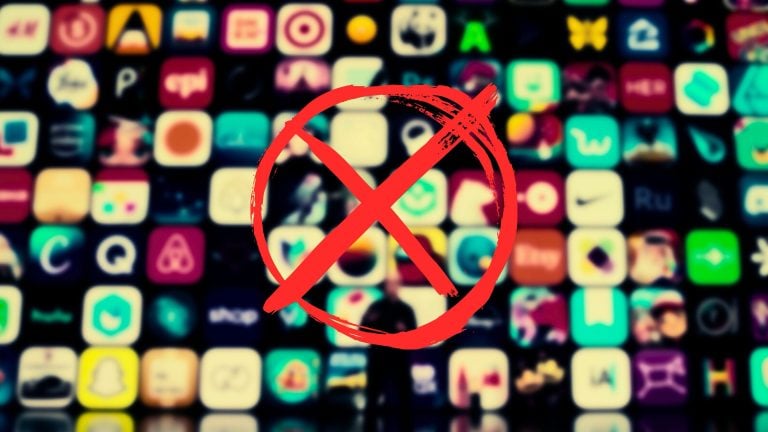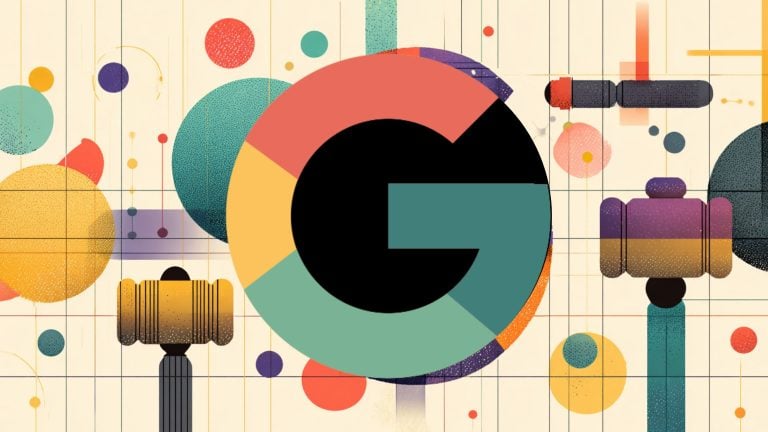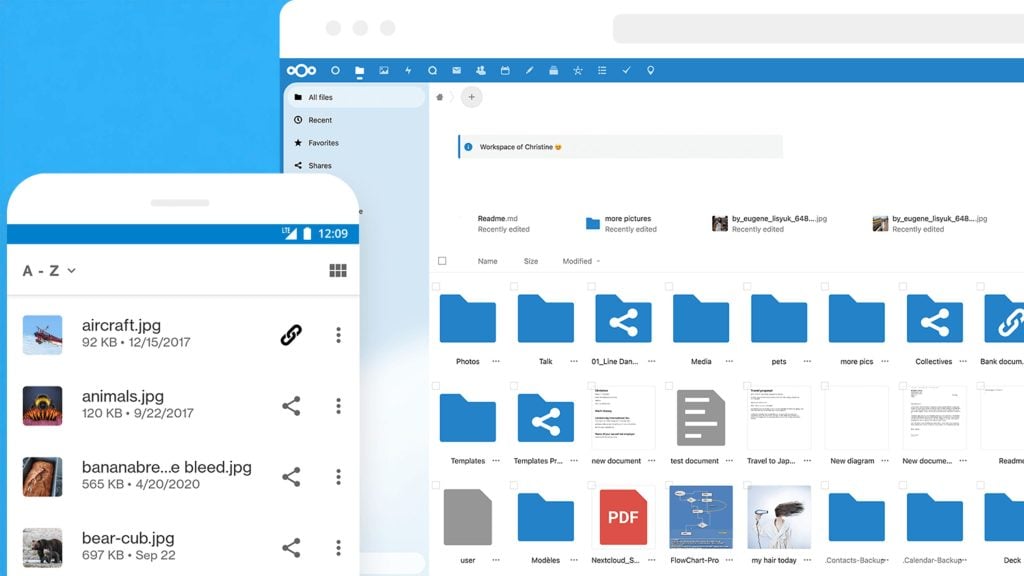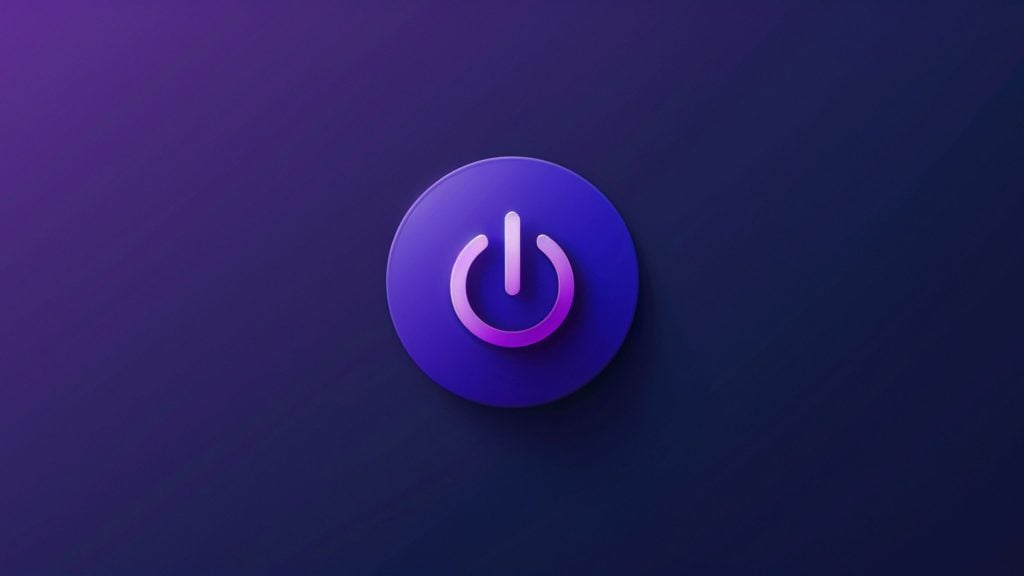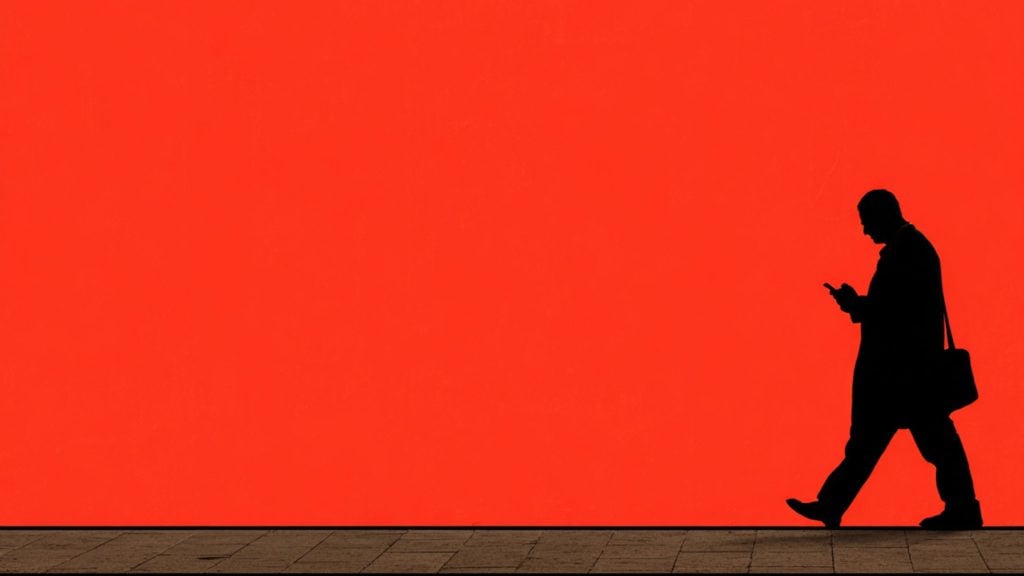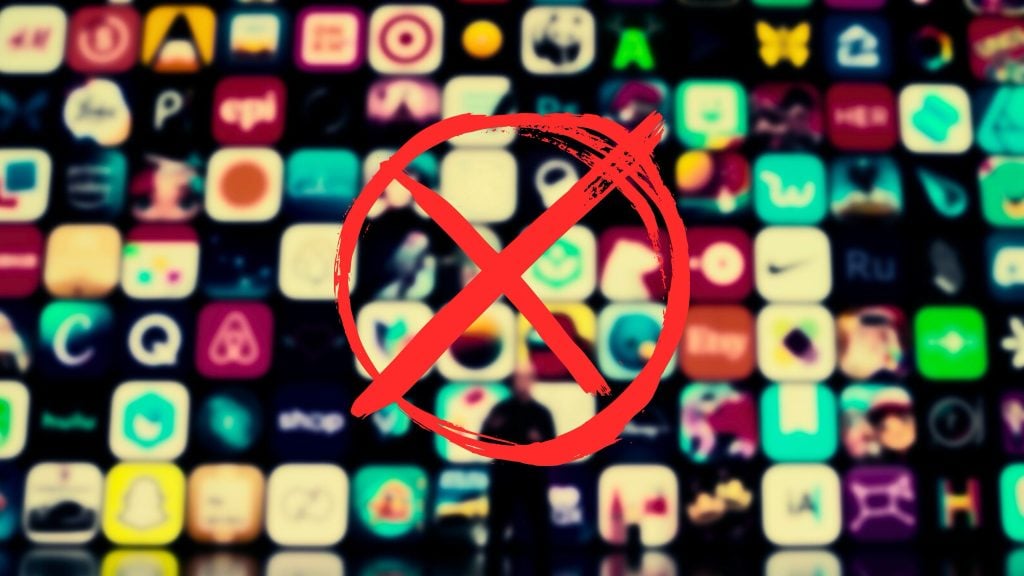Telesign, the company that’s had a big role in two-factor identification (2FA) is now looking to move to developing accurate global digital identity solutions using “AI.”
Telesign CEO Joe Burton revealed that he believes it can be powered by what a report refers to as “fuzzy AI” – at the intersection of “AI” and statistical analysis.
Speaking for TechRepublic, Burton appears to suggest that this is meant to carve up a more sizable market share for Telesign, which, despite its 2FA claim to fame, makes incomparably less money from that tech than the likes of OpenID, LastPass, etc.
Now, Telesign is turning to “AI” as a way to make itself competitive, primarily via the Communications Platform-as-a-Service, which has been in the works for four years now.
And the key to this is to get rid of passports and use people’s phone numbers for both ID verification, and data modeling, as well as “customized communications.”
When referencing “AI,” Burton, like so many before him, is actually speaking about machine learning (ML), and has among other things told the publication about the ways Telesign wants to use it to analyze locations and network activity of billions of unique phone numbers.
He provided some concrete numbers: 5 billion numbers in 195 countries going through the data company’s system each month, and this is visible to Telesign “on behalf” of 3,000 businesses.
“We are looking at 2,200 different attributes on your phone usage patterns, and are using all of that to train a machine-learning model that is extraordinarily fast and accurate,” Burton said, adding that the goal is to be able to ascertain whether the phone number somebody is using is actually theirs.
And the system based on global intelligence is accurate enough to show if a person creating an account somewhere on the internet is the person they say they are, he added.
The question of how much personal data needs to be retained by the company in order to achieve all this naturally arises next. To this, Burton responded by saying that there is not “a huge” amount of data pertaining to any one individual.
“Instead, when we send a notification to a phone number, perhaps every time I see this phone number it has changed locations, perhaps the user is roaming on the Vodaphone network around the world. I feed that into the AI and create a new statistical model based on a movement event on this phone number in Europe,” Burton said.
And according to him, this data is then discarded – but Telesign is left with an “interesting” statistical model.
As for why “AI” is even necessary to fulfill the task instead of using statistical analysis only, Burton said:
“There are many different AI’s, if you will. For example, we are involving logarithmic regressions: fancy statistical analysis with a little AI ‘fuzziness’ around the edges.”

